Mounds View Theater
October 19, 2016
Twice a year, in the fall and in the spring, the Mounds View High School theater program puts on a production in the auditorium. This fall, the students and directors of How to Succeed in Business Without Really Trying are working hard not only on stage, but also behind the scenes of the musical, to be ready for show week in early November.
On stage, the cast begins practice every day with a few warm up scenes and some theater games in order to get the actors ready to act. Students generally come in with a positive attitude, ready to have some fun with their peers. Many of the participants find it to be a welcoming and friendly atmosphere.“We just accept everybody and there’s no judging. Everybody is connected through theater,” said Emma Wermager, 11.
The amount of work put into the production by the cast is fairly evident by show week, as the actors put on an astounding performance worth many rounds of applause, but much less known is the effort from the students working behind the scenes.
Just like the cast, the backstage and construction crews as well as the light and sound tech team are a huge part of theater. To add more life to the musical, the construction crew spends about fifteen hours per week building sets together. A lot of time, effort, and care goes into the constructing of the sets. Students spend the first week designing the set and coaching newcomers on how to use tools. So much work is put into building the set, that at the end of the year, a Blood, Sweat, and Tears award is awarded to the hardest working individual.
The set builds the setting and helps the cast act, so constructing it correctly is essential. They have to calculate angles for cutting with the saws, and they have to measure where to pre-drill the wood. “If you’re ever calculating the area of a flat and you mess up, and it doesn’t work out, you have to do it over again,” said Molly Lahmann, 11.
During show week, new fundamental parts of crew arise as construction finishes up.This includes the mic team and stage lighting team who work in the tech booth, as well as the crew who work the spotlights in their booth above the audience.
Callie Attwood, 11, co-captain of the spotlights, talks about how important spotting is to the show despite that it’s not commonly recognized. “There are different kinds of spots, like stagnant or follows, and it’s hard to pay attention the whole time to get your cues right. It might be underappreciated, but it’s the most fun I’ve had in theater.”
From acting on stage to building and moving the set to controlling lights above the audience, all participants in theater work hard to put on a great show. “I would recommend theater to everyone. I’ve heard people say ‘I don’t like getting up on stage,’ — well then join crew or tech. Majority of time, there’s a place for you in theater.” said Andrew Springhorn, 10.
Directors are always looking for more students to work with, and anyone can try out for the spring play, cast or crew, once they announce the show. For more information, contact David Phelps or Lexi Runnals.





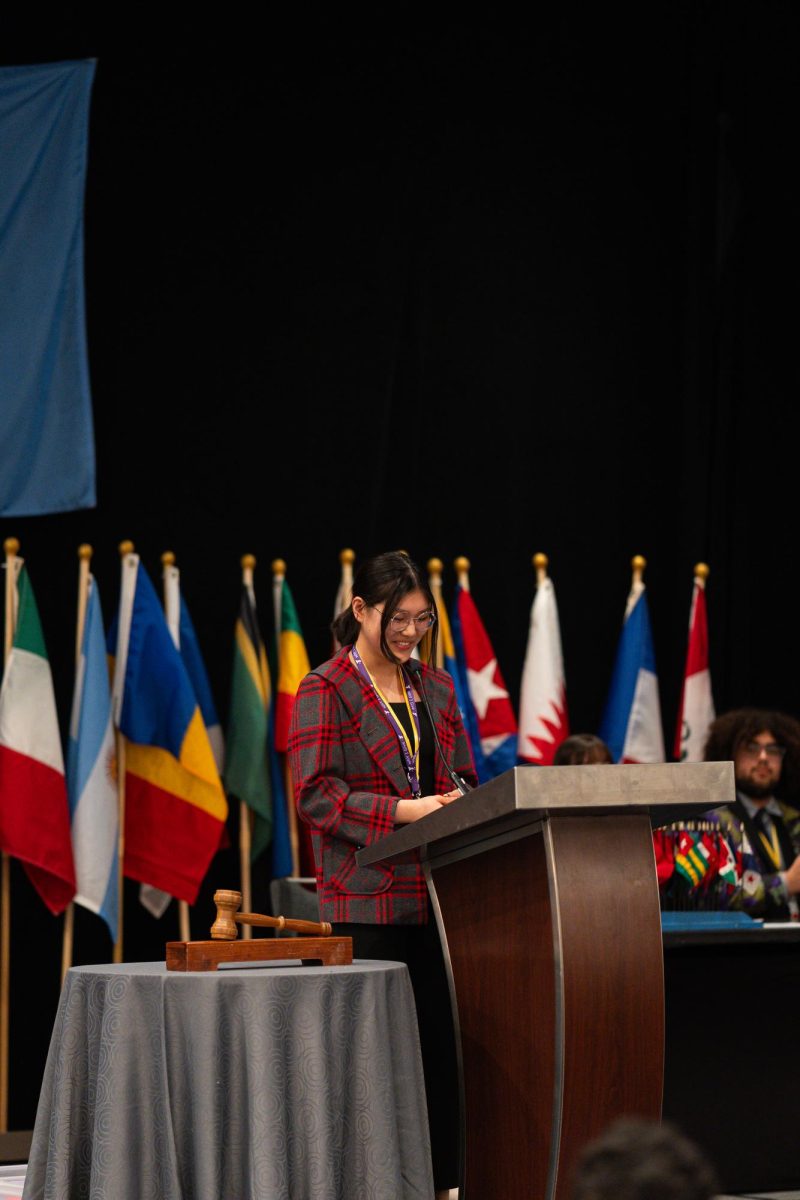
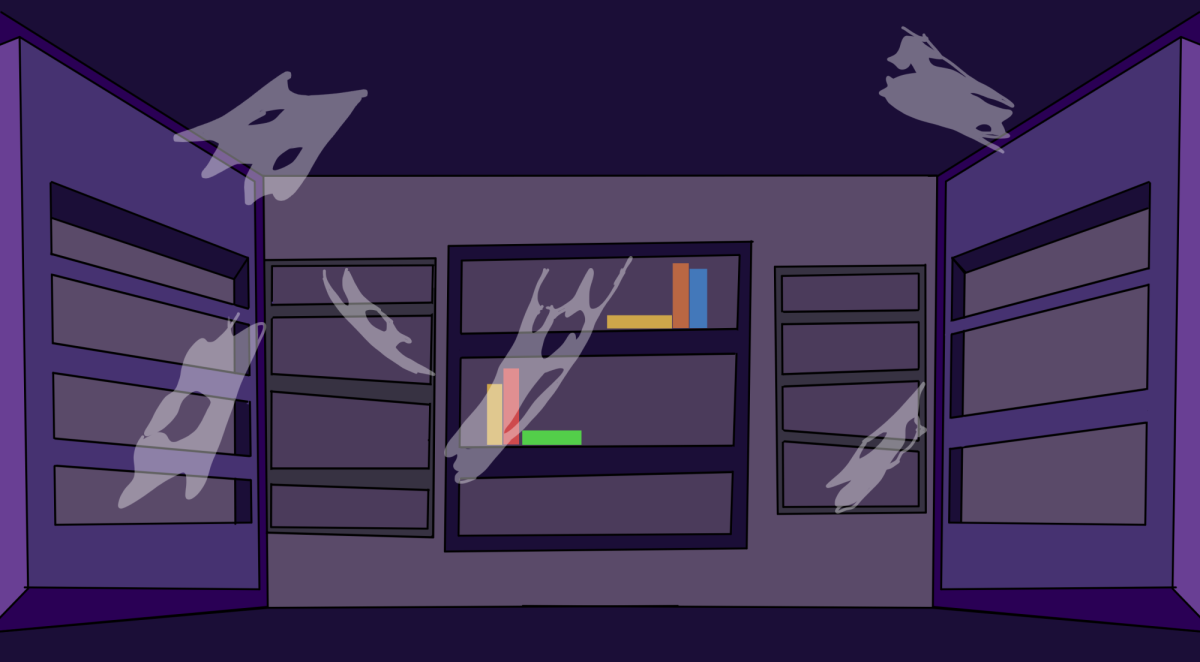






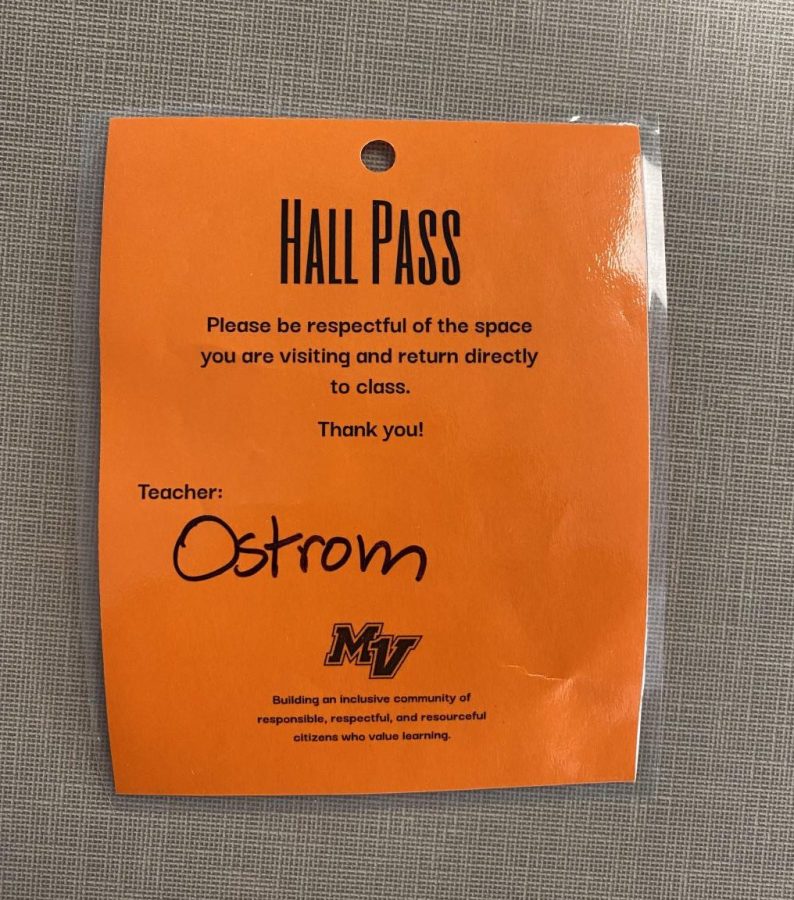

![[DEBATES] Prestigious colleges: value or hype?](https://www.mvviewer.org/wp-content/uploads/2024/12/buildings-1200x654.png)







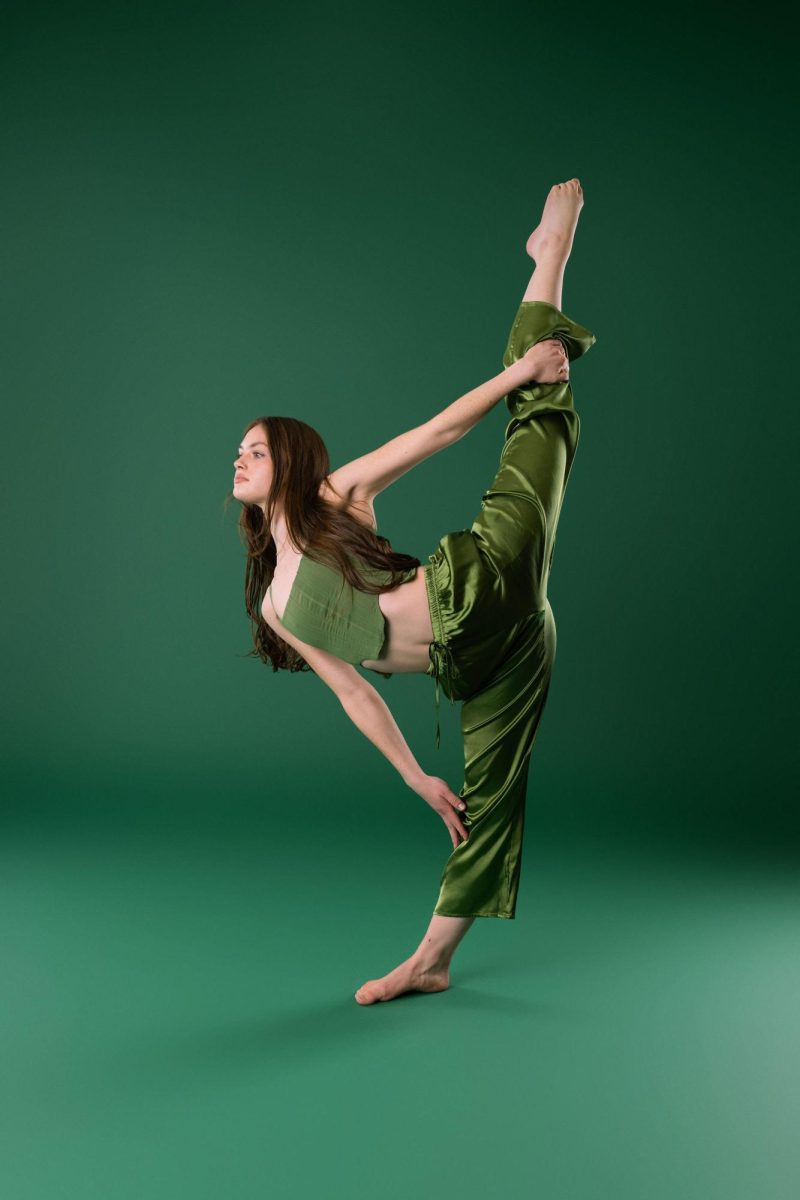
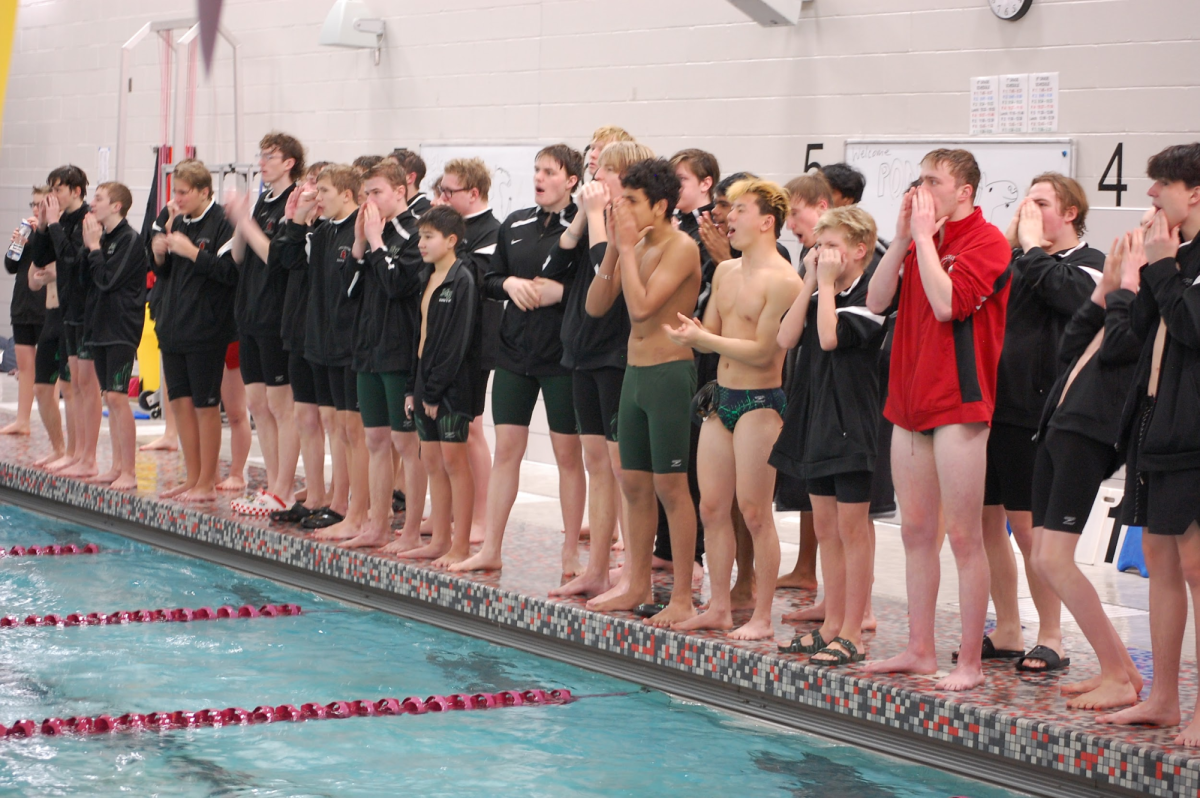
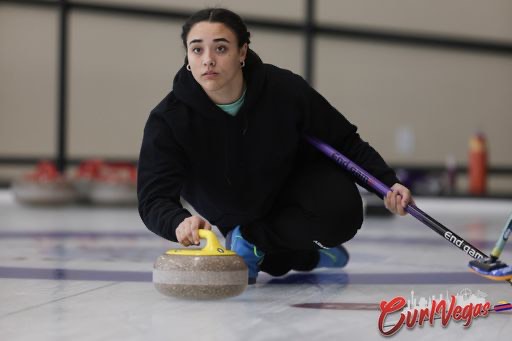
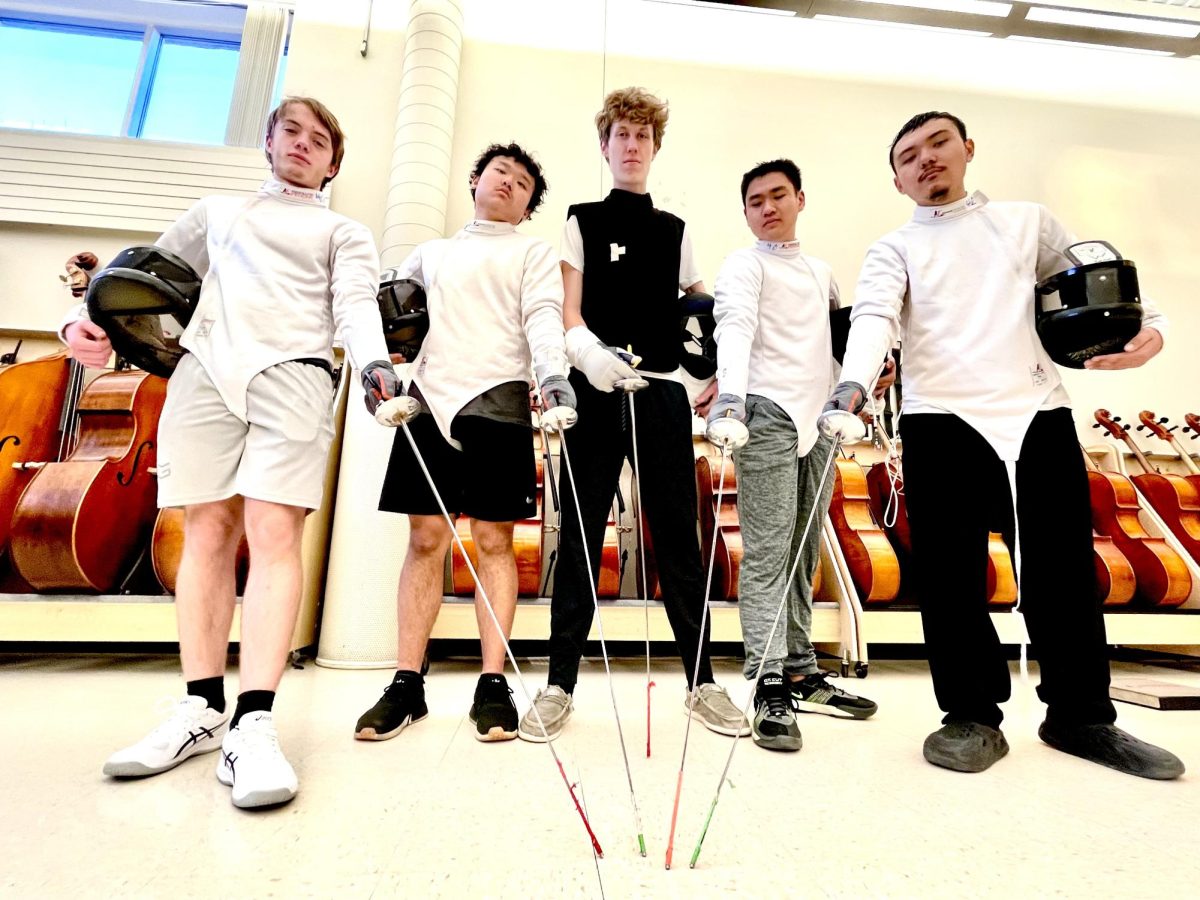
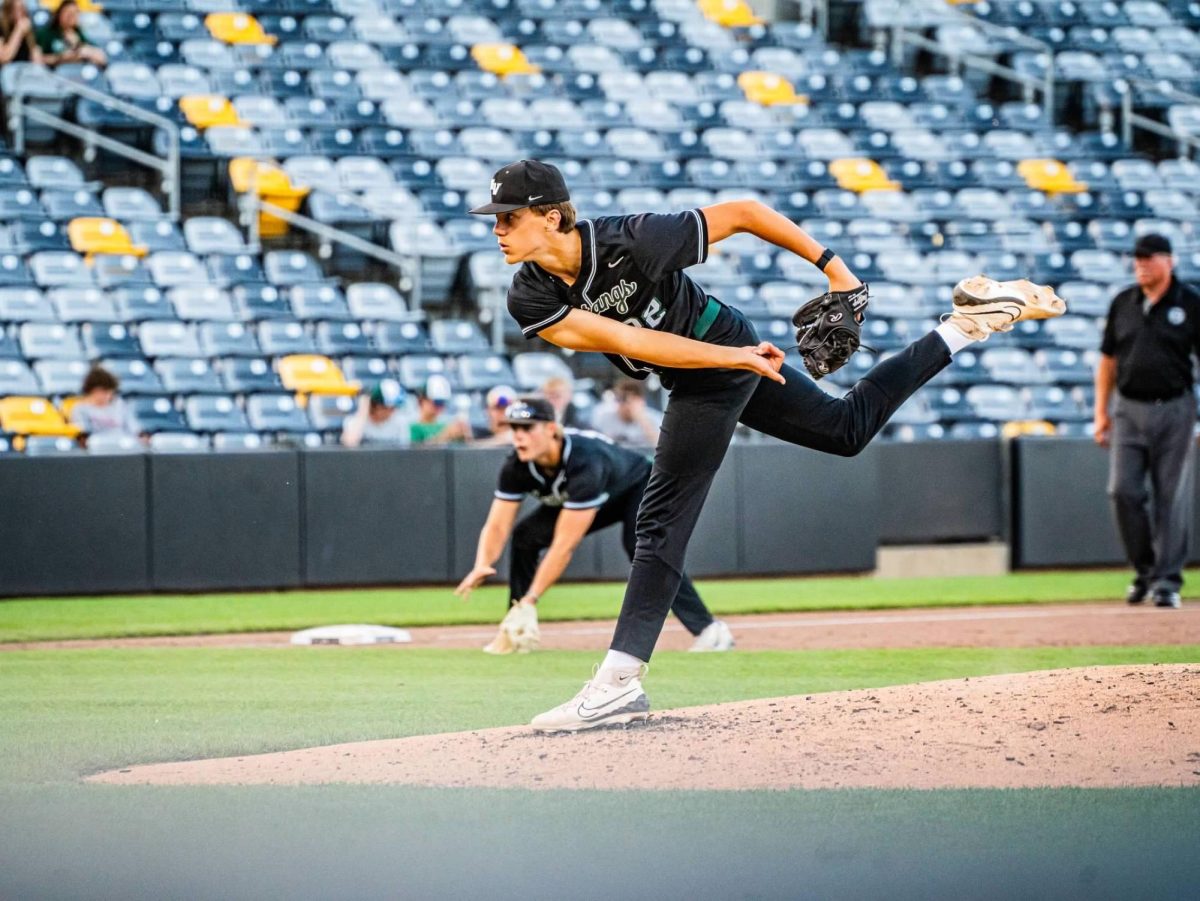














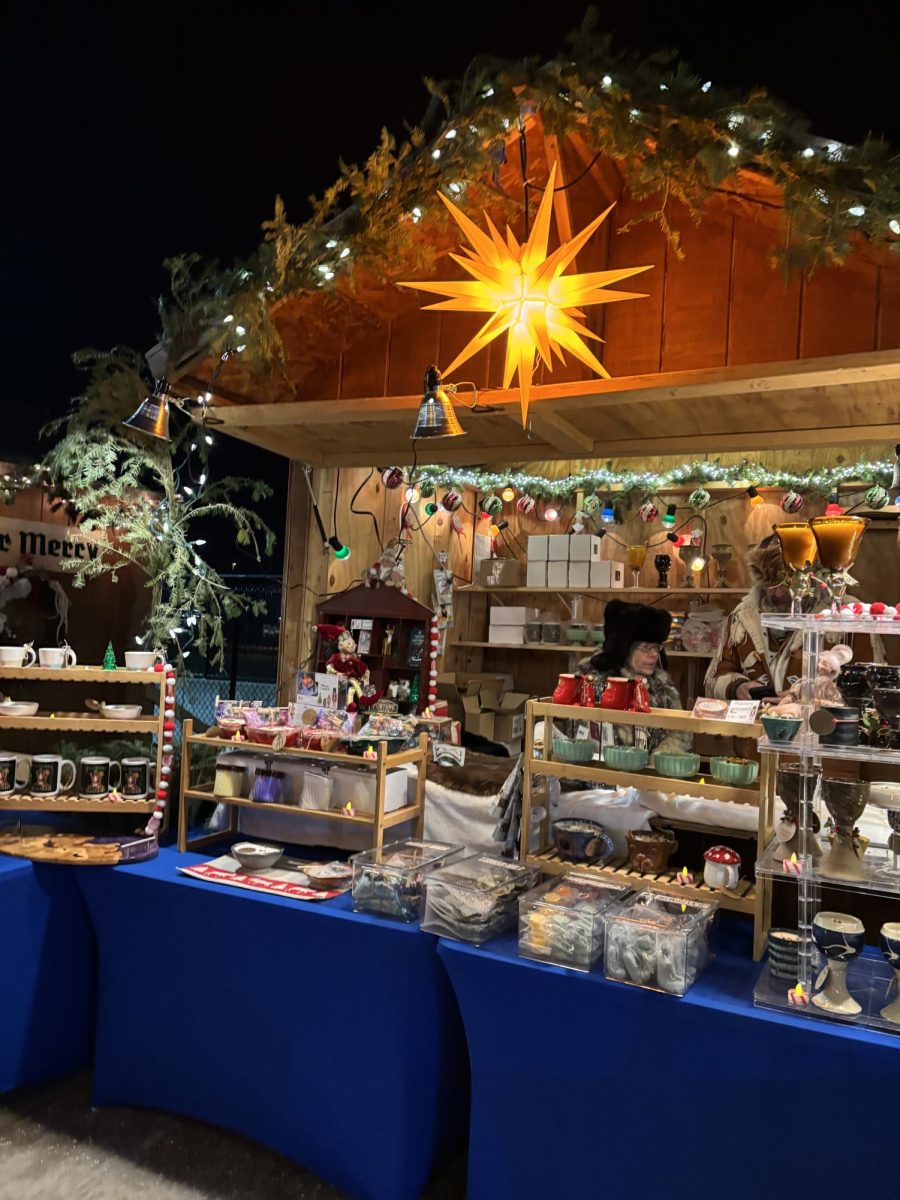








![[OPINION] The dark origins of TikTok's looksmaxxing trend](https://www.mvviewer.org/wp-content/uploads/2024/02/Copy-of-Copy-of-Untitled-Design-1200x675.png)



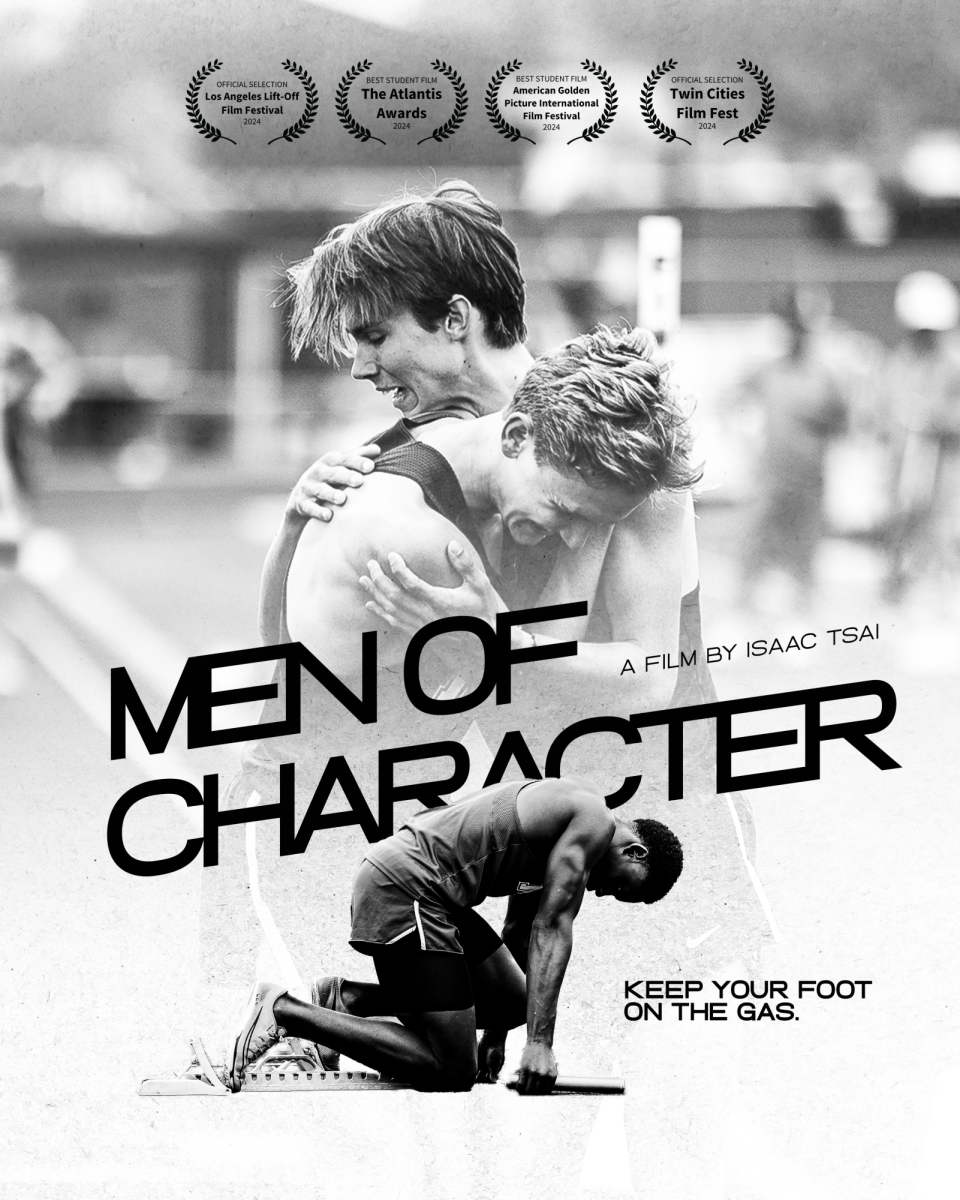
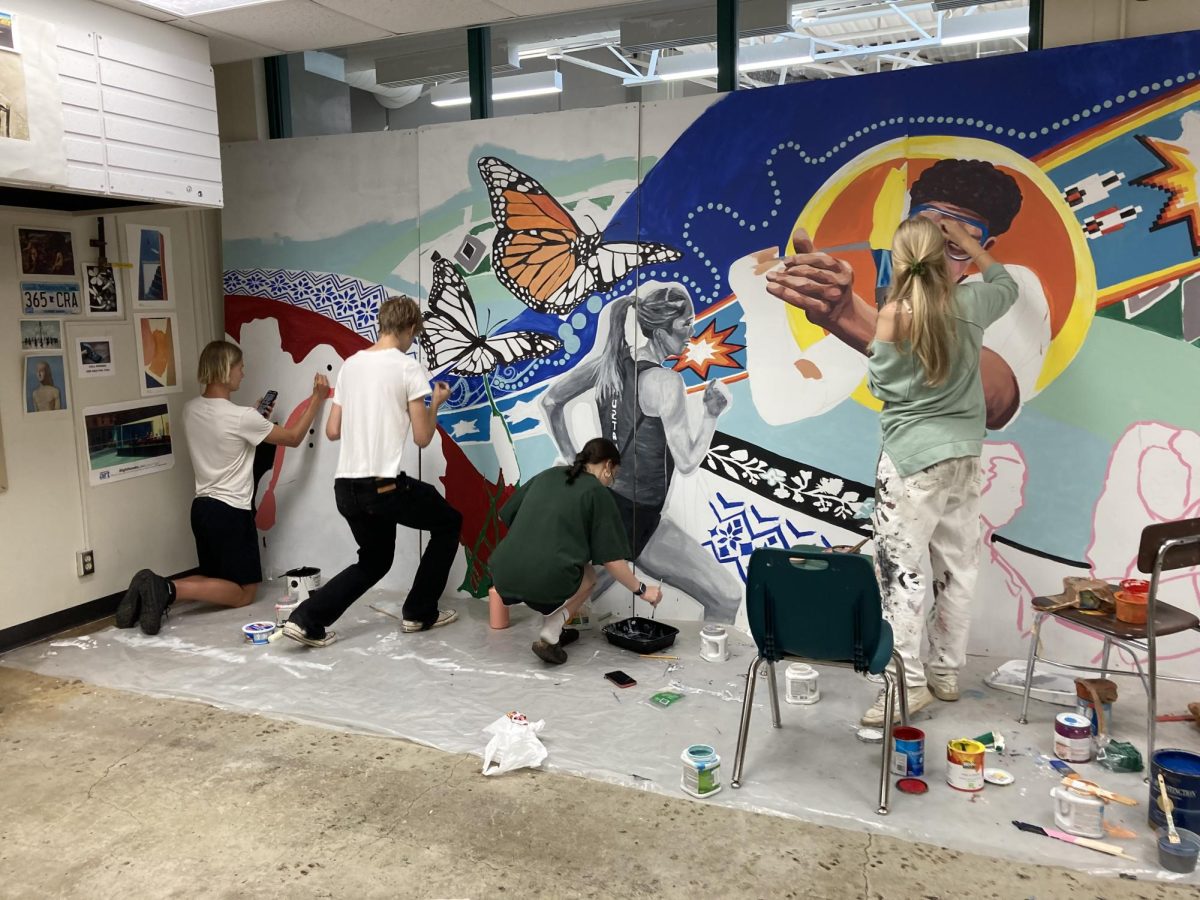

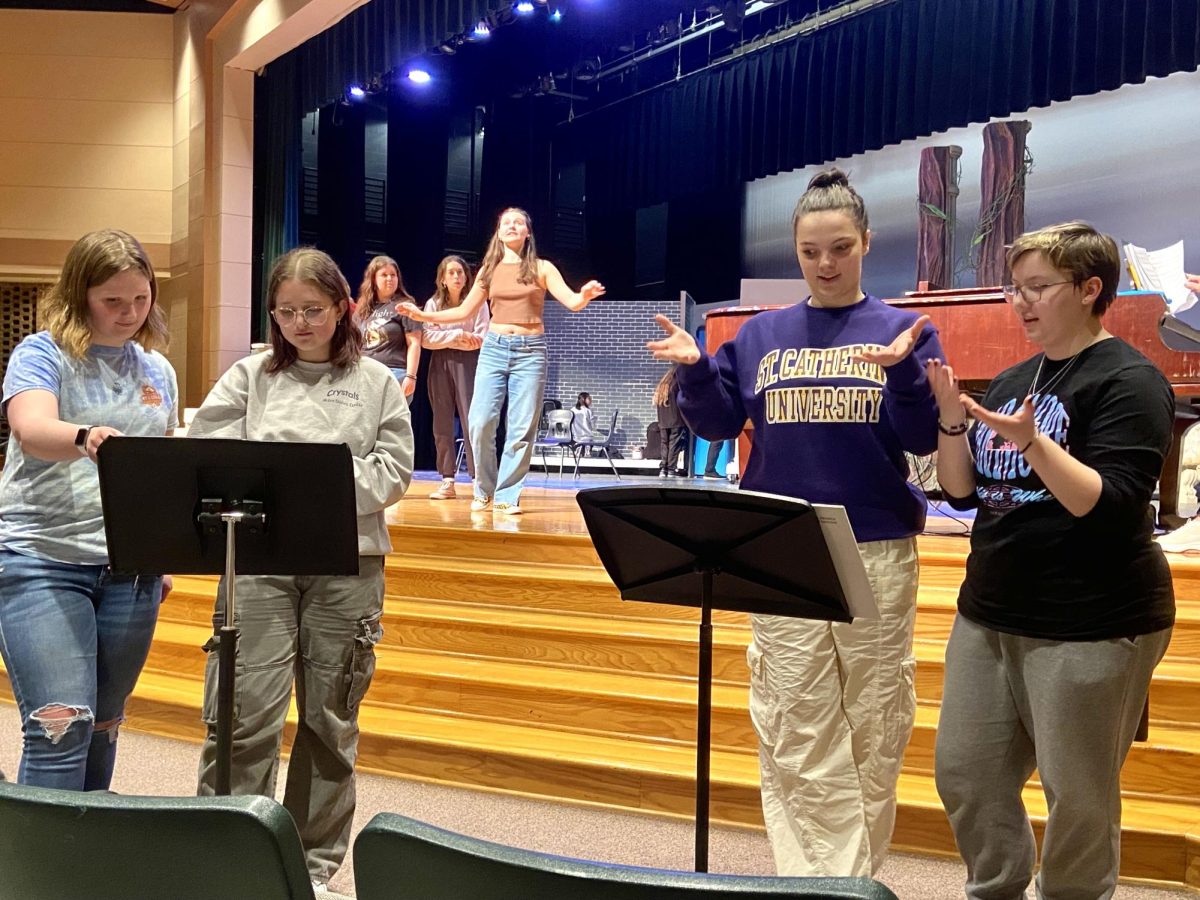


![[DEBATES] Prestigious colleges: value or hype?](https://www.mvviewer.org/wp-content/uploads/2024/12/buildings-600x327.png)





